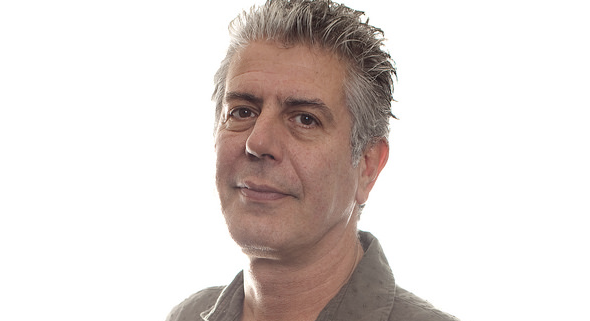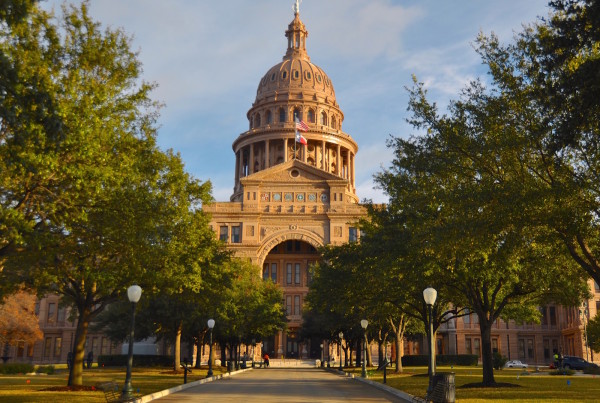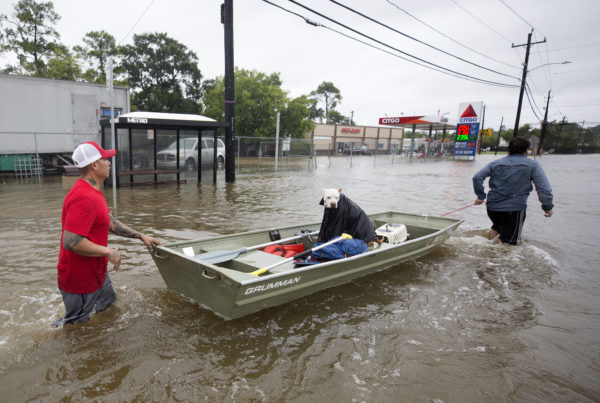Before sunrise on July 16, 1945, a bomb exploded in the New Mexico desert. It was a new weapon so powerful that at the time it almost seemed like science fiction – the atomic bomb. Scientists built it in a secluded laboratory in Los Alamos where physicists from around the world hoped to invent something strong enough to end World War II – maybe even all wars.
More than 70 years later, Los Alamos is still the nation’s leading facility for nuclear research. But years of mismanagement led the U.S. Department of Energy to look for new stewards for the lab. On Friday, it was announced that a group of institutions, including Texas A&M and the University of California, will operate the facility for at least the next five years under a contract worth an estimated $2.5 billion annually.
The Los Alamos National Laboratory is mostly off limits to the public, but there are some who can say they’ve visited the facility – including Richard Rhodes, the Pulitzer Prize winning author of “The Making of the Atomic Bomb” and the new book “Energy: A Human History.”
“They really are locked down these days ever since 9/11,” Rhodes says. “It’s really nearly impossible to get a tour. I went through the lab back in the early 1980s, when I was working on ‘The Making of the Atomic Bomb.’ And I mean, the administrative part is like any set of offices. What’s tucked away – I don’t really know. I know that they now have built a facility for making plutonium pits for bombs. Or at least they’re working on that.”
The University of California has had a role in running the lab since the 1940s, and it will continue to do so under the new contract. Rhodes says over the years the mission of the laboratory has changed, even while parts have stayed the same.
“There’s a lot more today than there used to be of dealing with questions like nuclear proliferation by other countries or subnational groups, dealing with the possibility of terrorism – so how you inspect and how you sniff out, if you will, that kind of clandestine activity,” he says. “But the lab’s basic purpose is now, as it always was, to design and maintain our nuclear arsenal.”
Under the University of California’s leadership, Los Alamos has had security mishaps in the past. Rhodes says Texas A&M could bring a new approach.
“The lab got into some trouble in the 90s with security problems and general breakdown in morale, probably because of the end of the Cold War,” he says. “Their mission had to change then. It was no longer to keep up with the Russians – or rather, to stay ahead of the Russians, because we were always ahead – but rather, it had to be redefined. And there was a real time of turmoil. And I think bringing in a new university just freshens everything and gets lots of pairs of new eyes on the problem. Sounds like a great idea to me.”
In Rhodes’ new book “Energy: A Human History,” the author has written more or less a biography of energy itself – the story of energy transitions over time. Nuclear energy is a significant, and misunderstood, part of that timeline.
“Attitudes do seem to be changing where nuclear is concerned, even in the United States where there’s still a great deal of resistance, mostly I think from fear of radiation from association of nuclear power with nuclear weapons, which is not a valid association,” he says. “You can’t make one into the other, as we presently design these things. But there is an increasing movement even within the environmental movement to understand that energy source that produces no carbon dioxide once it’s up and operating, and even in the manufacture is no more carbon dioxide productive than solar power, is one that we need. And it’s a good, solid baseload source of energy. And the scale has changed so much in the world toward really world-scale events that the need for energy over the next 50 years is only going to grow.”
Despite a history of memorable deadly accidents, he says nuclear energy should play a bigger role in the future.
“When you look at any energy source, there are risks involved,” he says. “Dams burst and lord knows oil pipelines break, and oil platforms blow up, and so forth. You have to take these things in context. The fact is, since Three Mile Island, the United States’ nuclear power plants have operated with great efficiency. One of the important things that changed was the drawing on the Nuclear Navy, with its great safety program of training for reactor operators. Almost everyone who runs our power reactors these days went through the Nuclear Navy program.”
Texas A&M has experience in this area – the university is already a partner in running the Lawrence Livermore National Laboratory in California.
Written by Jen Rice.
















